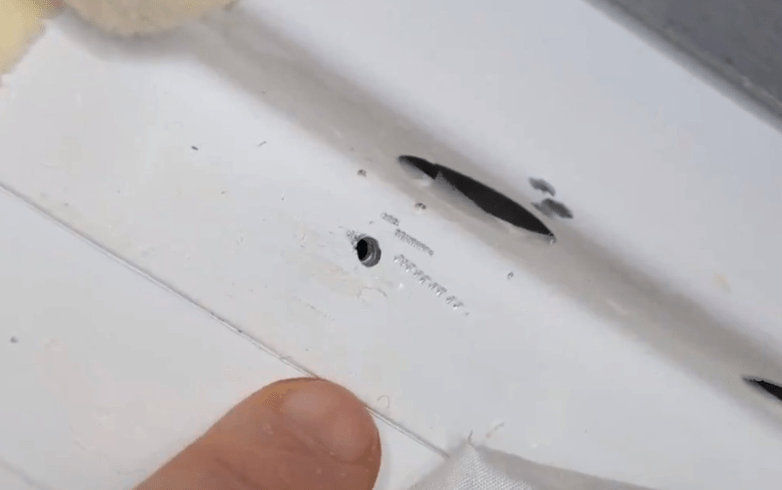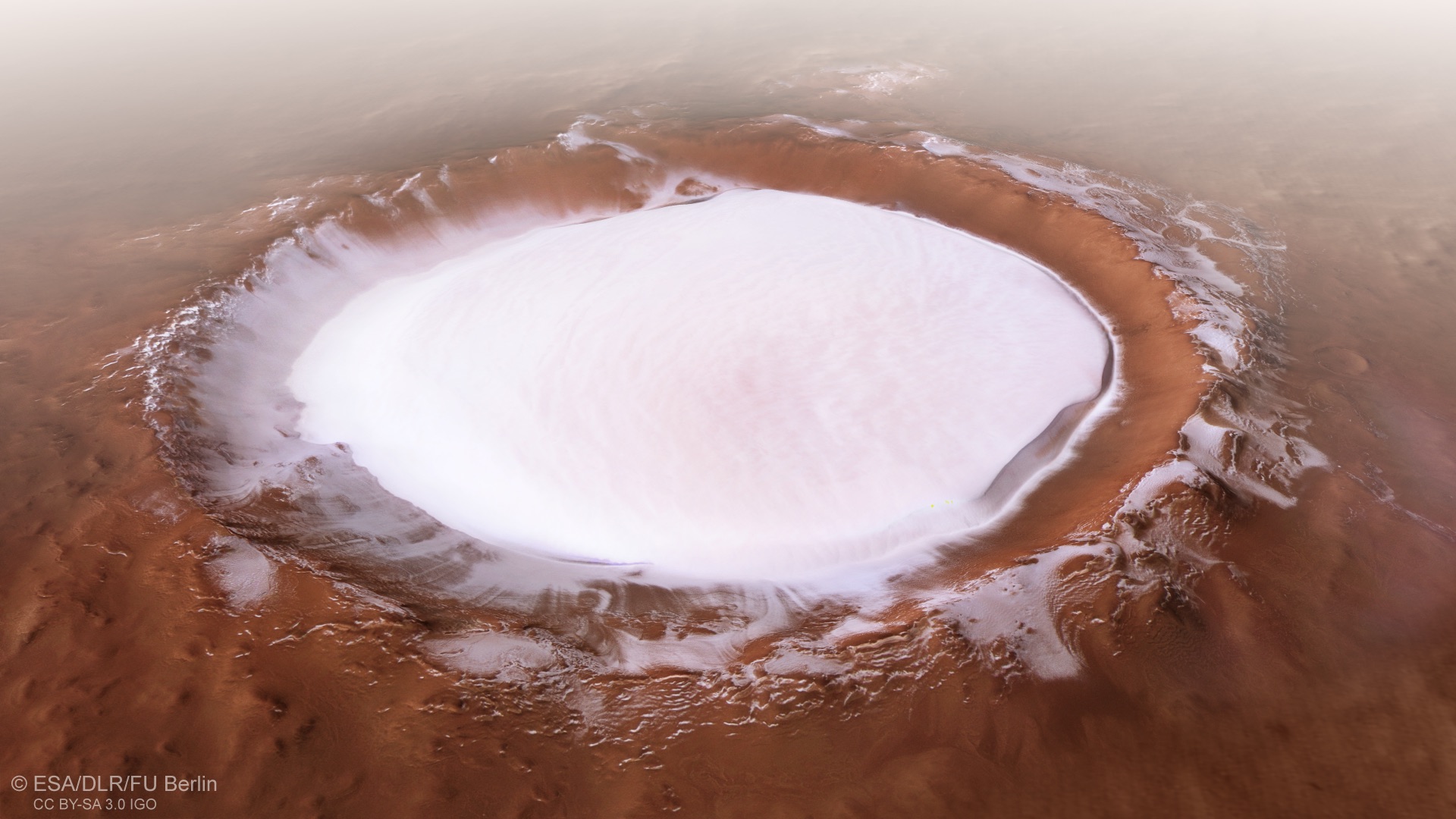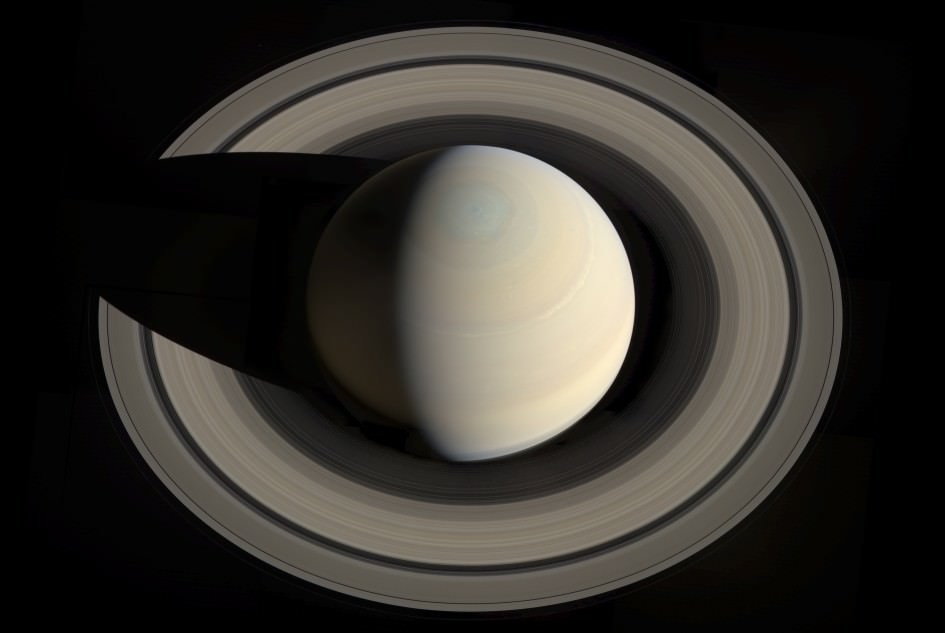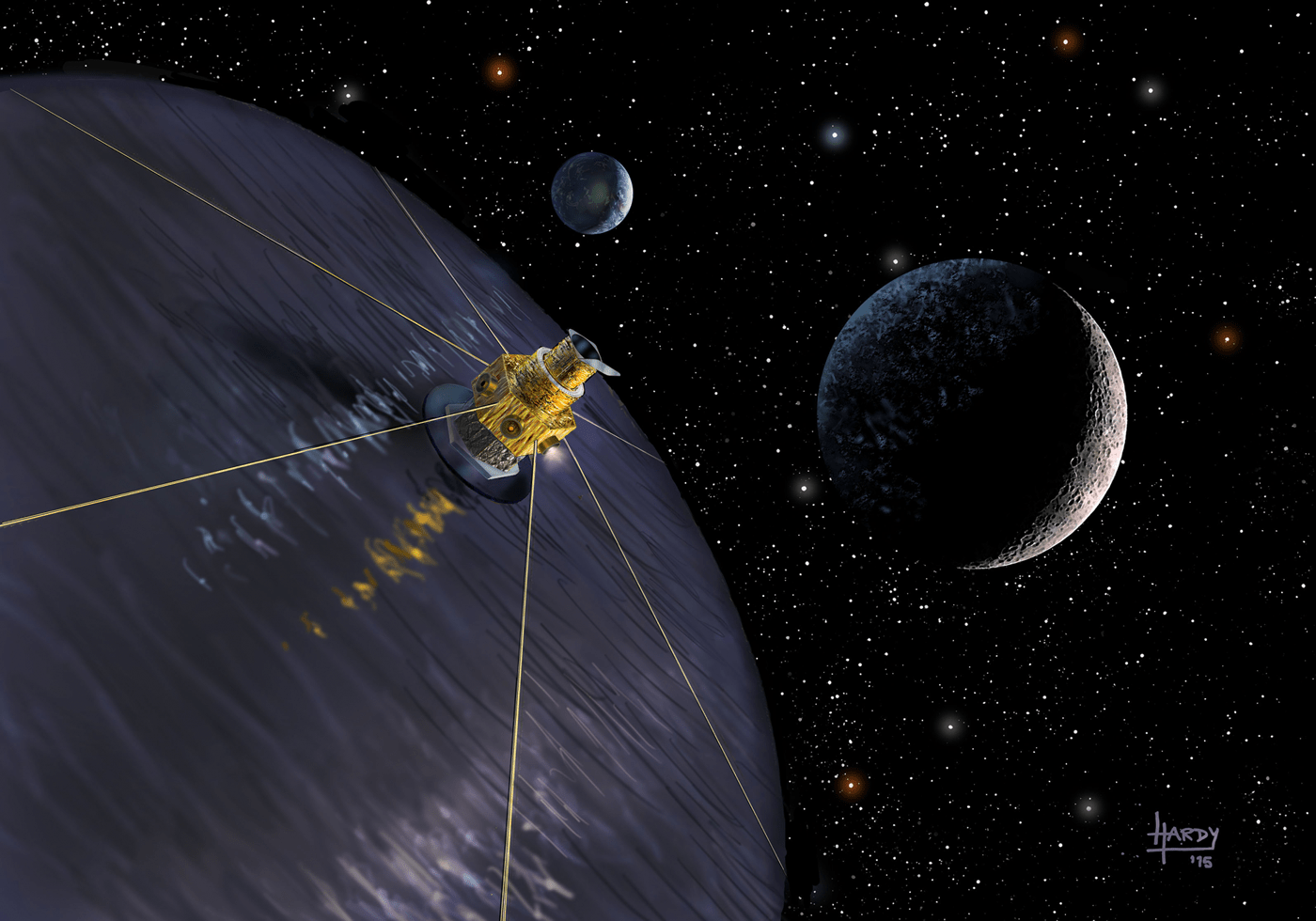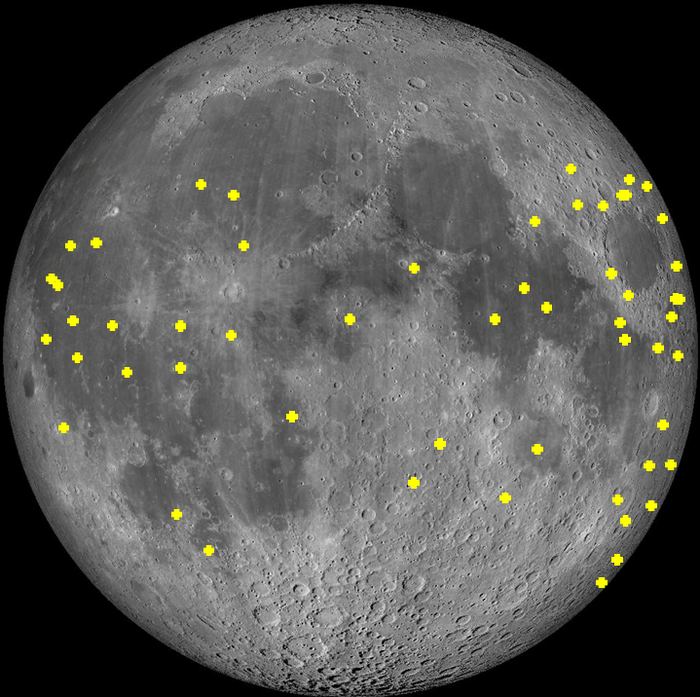Back in August, the crew of the International Space Station (ISS) was surprised to learn that a leak was responsible for a slight loss in air pressure aboard the station. After investigating, they learned that the cause was a small hole in the Russian Soyuz spacecraft that had docked with the ISS. While the hole was promptly sealed, the cause of it has remained a mystery ever since.
To determine a possible cause, and inspect the external hole on the spacecraft, the crew of Expedition 57 conducted an “unprecedented spacewalk” on Dec. 11th. After collecting samples from the outside of the craft, flight engineers Oleg Kononenko and Sergey Prokopyev concluded that the hole had been drilled from inside the capsule, a finding which raises even more questions.
Continue reading “Russian Cosmonaut says that the Hole in the ISS was Drilled From the Inside”

